In less than a century, telescopes have detected remote galaxies, physicists have explored the most fundamental features of matter, biologists have mapped DNA and mathematicians have solved complex riddles. Even so, what people don’t know vastly exceeds what they do, and that gap fuels science. Professor of mathematics at Oxford University Marcus du Sautoy offers elegant and detailed accounts of great advances in human knowledge, and ponders whether some enigmas must remain forever mysterious.
The invention of “chaos theory” circumscribed what humans are capable of knowing.
Throwing dice is a classical and familiar image of an essential truth: You don’t know how dice will roll until they do. But mathematics enables identifying patterns that allow people to accurately predict the future, such as when the sun rises, for example, or the moon is full. Thinkers and gamblers like 16th-century Italian Girolamo Cardano recognized that the proverbial roll of the dice isn’t so random – in the long run, the roll exhibits predictable patterns. By the 17th century, French mathematicians Blaise Pascal and Pierre de Fermat refined the probabilities of dice-throwing further. Pascal argued that the chances for each throw were independent, so the chances of one outcome out of four throws is 51.8 percent – not bad odds. Pascal and Fermat created profound mathematical strategies for dealing with uncertainty. Those strategies shed light on quantum physics and finance.
In the 17th century, Isaac Newton developed a new type of mathematics to describe and explain the movements of objects in the universe. Newton encouraged the idea that human beings could literally know “everything...
Marcus du Sautoy holds Oxford University’s Simonyi Professorship Chair for the Public Understanding of Science. He is a mathematician, author, and popularizer of science and mathematics, and received Title of Distinction of Professor of Mathematics at Oxford in 1996.









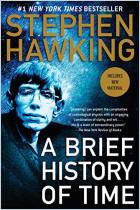

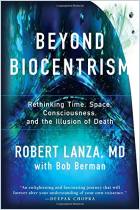
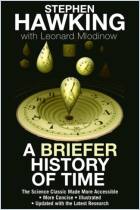
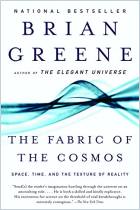
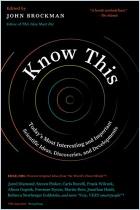

Comment on this summary or 开始讨论